The hip flexor muscles are the muscles that flex the hip; these muscles bring the knee up towards the chest when you are marching. Lifting your knees for this motion involves several muscles including the iliacus, psoas major, pectineus, sartorius, and rectus femoris. Together these are commonly known as your hip flexors. (1) The hip flexors are called "flexor" muscles because they flex the leg, decreasing the angle between the knee and the chest at the hip joint. For example, when bringing the knee up in a marching motion, the hip flexors activate and flex, pulling the bones of the thigh and the spine towards each other at the crease of the hip.
So now you know that the main job of the hip flexors is to bring your knee up toward your chest, but did you know they are responsible for all kinds of different movements that our bodies need to function throughout the day, like rotating to get out of the car? They help us pick up grocery bags and lug them from here to there, they allow us to do amazing things like the running man dances at parties… and much more! Here is some of what the hip flexors do for us.
Psoas Major
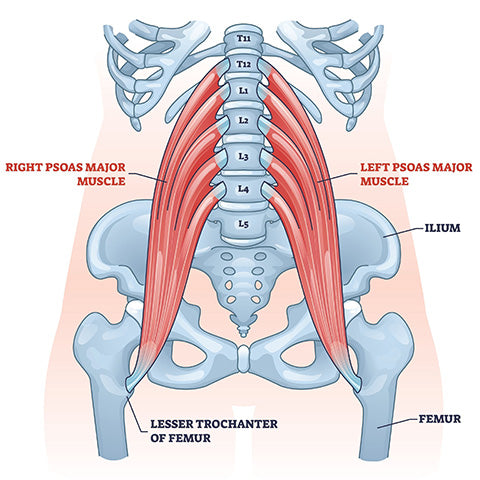
The psoas major attaches from your lumbar vertebra (lower back) to your femur (thigh) and stabilizes the lower spine. (2) This muscle flexes and laterally rotates the thigh at the hip. It also flexes and laterally rotates the trunk at the hip. Weakness in the psoas can affect postural alignment. If the hip flexors are unable to perform their job efficiently, this will cause other muscles to compensate for the workload. When this happens, it is called a muscular imbalance. A muscular imbalance in the hip flexors causes an imbalance in the hips and spine, sometimes pulling them out of their neutral alignment. Tightness in the hip flexors causes a pull on the spine resulting in an anterior tilt of the pelvis. (2,3)
Iliacus
The Iliacus muscle connects at the top of the femur (thigh bone) and does the same job as the psoas; this triangle-shaped muscle in your hip flexes and rotates your thigh bone. The Iliacus can also get tight from sitting; it tends to develop tightness and knots and can cause pain in the low back and hips.
Iliopsoas
Some say that the iliopsoas is the essential hip flexor; the iliopsoas is the iliacus muscle and the psoas major combined; you might have caught that in the name. The iliopsoas gets tighter, shorter, and weaker the longer you sit, causing a tilt in the pelvis and altering how you walk. This muscle also tends to get very tight in runners, skiers, and bikers (all sports that require repetitive motions), so it is extra important to stretch the iliopsoas out if you engage in these types of activities. (4)
Pectineus
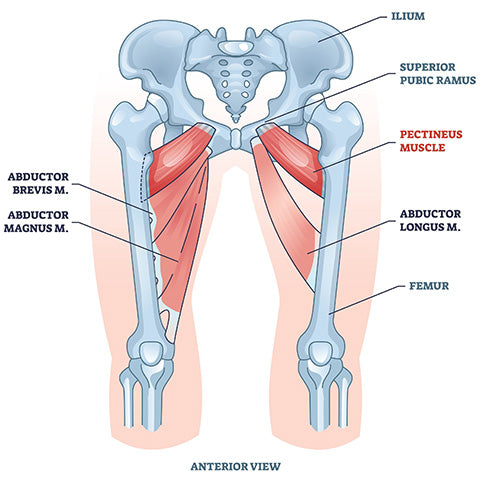
The pectineus is a flat muscle found in the front part of the thigh. This muscle flexes and rotates the thigh at the hip joint. It also helps stabilize the pelvis and adduct the thigh. It is one of five muscles that adduct (brings your leg back in towards your body). Besides flexing, the pectineus stabilizes the pelvis and balances your trunk over your lower extremities when you walk. Pain in the front hip or groin area can indicate strained hip flexors, adductors, or both. This pain is known as a groin strain.
Sartorius
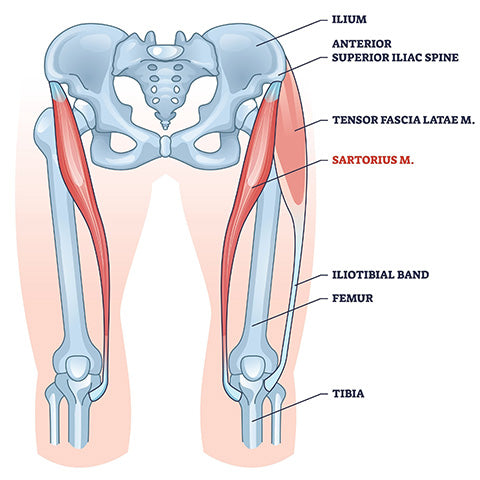
The sartorius crosses the hip and the knee joints. This muscle has many jobs. Its primary job is to flex the hip, its secondary job is to adduct the thigh, and its tertiary job is to rotate the leg outward. (5) It allows us to sit in that figure four position, with the foot across the knee of the opposite leg. In movements, the sartorius helps to keep your knee aligned, keeping it rotated outward, so as you move it does not roll inward as you walk, squat, or hinge. Sartorius muscle strains and weakness can cause pain in the knee or the front of the hip.
Rectus Femoris
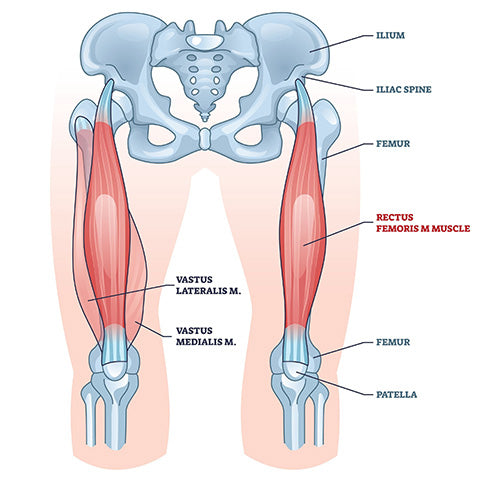
The rectus femoris is another muscle part of the quadriceps muscle group. It crosses the hip and the knee. It helps to power hip and knee movements. It flexes the hip and extends the knee. Think about kicking or swinging the leg forward as you run; that's the rectus femoris working. Any imbalance or tightness in the rectus femoris muscle can make it feel hard when lifting the leg onto a step; an imbalance due to weakness or tightness can also cause the hamstrings to overcompensate, which causes knee pain and discomfort.
Why Are Hip Flexors Important?
Hip flexors keep the hip and pelvic muscles in balance and help maintain good posture. The hip flexors connect the lower back to the hips, groin, and thigh bone, stabilizing the lower spine. They play a significant role in walking, postural alignment, joint mobility, flexibility, and balance.
Think of your core muscles as the central link in a chain connecting your upper and lower body. No matter where motion starts, it relates to other systems moving upward and downward like chain links. We call this the kinetic chain. (6) The hips are a part of the core, and weak or tight core muscles can impair how well the body functions. A strong core enhances balance and stability. A strong, flexible core supports every movement your body makes and helps prevent falls and injuries during sports or other activities.
Good posture and everyday tasks, like bending down to put on your shoes, picking up after the kids, backing out of the driveway in your car, and getting dressed, all need the core. Weak core and hip muscles cause slouching, which is unhealthy for our spine long-term. Bad posture causes wear and tear on the spine and prevents you from getting a deep breath in because there is no room for your lungs to expand. You won’t get that good quality oxygen for the tissues, organs, and brain to function efficiently.
The core also needs sufficient muscular endurance if you must sit or stand for long periods for work. Have you ever felt low back pain after long hours at work? Low back pain can indicate weak hip flexors. This can be debilitating and is a widespread problem; it affects four out of five Americans.
Are Your Hip Flexors Weak?
Someone with weak hip flexors might experience low back pain, knee pain, and hip pain and can also experience difficulties in maintaining a straight posture. Weak hip flexors are not the same as tight hip flexors. Sitting for prolonged periods could cause the hip flexors to become tight and weak. When hip flexors are tight, you might experience low back pain. (6) When hip flexors are weak, you may experience the hips, legs, or back feeling worn out, or feel discomfort when standing or walking. You can test if your hip flexors are weak by sitting in a chair and lifting a knee, have another person apply pressure to the knee, and see if you can withstand the pressure. (7) If you cannot, you may have weak hip flexors. You may also find it challenging to walk at an incline or climb up stairs. (8)
When sitting, the hip flexors remain in a shortened position and are not active. When hip flexors remain inactive for an extended period, this can cause "weak" hip flexors. Weak hip flexors can affect posture, lead to inefficient movement and range of motion, lower back and hip pain, and possible injuries.
We want to have strong hips and core muscles to be able to work out and maintain a healthy lifestyle. You must keep your hip flexors healthy if you love riding your bike, running, and playing with your kids and grandkids. However, keep in mind that overtraining your hip flexors and core can expose them to injury, fatigue, stress, and damage. Too much strenuous activity may cause lower back, hips, and groin pain. Remember that the hip flexors are involved in every movement you make. With overtraining, hip flexors can strain, leading to muscle spasms, soreness, cramps, and pain. (9) A balanced and healthy routine of strengthening, stretching, rest, and recovery is the trick for healthy functioning hip flexors.
How Do I Strengthen the Hip Flexors?
When programming your hip flexor strengthening, core exercises are important for the hip flexors, like hip bridges, pelvic tilts, and leg raises. Hip flexors also benefit from stretching exercises like the deep lunge, knee-to-chest, and figure four stretches. Because of the different motions that the hip flexors are responsible for, yoga is a great way to ensure healthy hips. (10) Here are three strengthening exercises and three hip flexor stretches that anyone can do anywhere:
Strength Exercises
1. Seated Knee Raise
Sit in a chair with feet on the floor, and lift one knee as if you are marching. Try your best to keep the core upright while marching.
Challenge: Use resistance by pressing down onto your leg with your hands as you lift the knee. Perform three sets of 15 leg raises on each leg.
Advanced: Try an "L-sit" on the floor, lifting both legs straight out in front of you. Brace yourself with the core and press your arms into the ground lifting your glutes and legs off the floor; hold your legs out in front of you as long as possible.
2. Slow Mountain Climbers
In a high plank position, drive the knees up towards the chest, alternating knees. For a challenge, try to touch the knee to the elbow.
Challenge: Once you get the hang of this, you can try these in a low plank position driving the knees high and outside towards the shoulder. Perform three sets of 16-20 alternating climbers.
Advanced: You can use resistance by wrapping a workout band around the feet.
3. Squats With a Lateral Leg Lift
Start by standing with the legs hip-width apart. Perform a squat to the bottom, and as you rise out of the squat to a standing position, lift one leg up and out to the side, keeping it straight. Return to your squat with both legs and repeat on the other leg.
Challenge: Keep your torso upright and make sure you do not twist. You can add an extra challenge by holding the leg up for 3 seconds before coming back down. Perform three sets of 15 to 20.
Advanced: Use a band around the legs.
Stretches
1. Deep Lunge or Runner’s Lunge
Keep a nice tall torso and perform your lunge, rest your knee on the floor or mat, and let the hips sink towards the floor. Hold for 20 to 30 seconds and repeat twice on each leg.
2. Figure-Four Stretch
Laying on your back with knees bent, grab an ankle, and cross it over the opposite knee. Pull the bottom knee towards your chest and hold for 20 to 30 seconds and repeat twice on each leg.
3. Knee-To-Chest Cross-Over
Laying on your back with legs straight, bring one knee into your chest and hug it tight, then pull it across your body doing your best to keep both shoulders on the floor. Hold for 20 to 30 seconds and repeat twice on each leg.
1. Byrne, D. P., Mulhall, K. J., & Baker, J. F. (2010). Anatomy & Biomechanics of the Hip. The Open Sports Medicine Journal, 4(1), 51–57. https://doi.org/10.2174/1874387001004010051. Accessed 27 April 2023.
2. Bertsch, J. (2018, April 3). Hip Flexors and Low Back Pain: A Surprising Connection. Team Health Care Clinic. https://teamhealthcareclinic.com/low-back-pain-hip-flexors/#:~:text=If%20there%20is%20tightness%20in%20a%20muscle%20group. Accessed 27 April 2023.
3.Siccardi, M. A., Tariq, M. A., & Valle, C. (2020). Anatomy, Bony Pelvis and Lower Limb, Psoas Major. PubMed; StatPearls Publishing. https://www.ncbi.nlm.nih.gov/books/NBK535418/. Accessed 27 April 2023.
4. Davis, J. (2017, May 1). Psoas Injuries in Runners: Signs, Symptoms and Treatments. Runners Connect. https://runnersconnect.net/psoas-and-hip-flexor-injuries-in-runners/. Accessed 27 April 2023.
5. Wikipedia Contributors. (2019, November 16). Sartorius muscle. Wikipedia; Wikimedia Foundation. https://en.wikipedia.org/wiki/Sartorius_muscle. Accessed 29 April 2023.
6. Ellenbecker, T. S., & Davies, G. J. (2001). Closed Kinetic Chain Exercise: A Comprehensive Guide to Multiple Joint Exercise. In Google Books. Human Kinetics. http://bit.ly/1NunaL7. Accessed 29 April 2023.
7. Manual Muscle Testing: Hip Flexion. (n.d.). Physiopedia. https://www.physio-pedia.com/Manual_Muscle_Testing:_Hip_Flexion. Accessed 29 April 2023.
8. Mayo Clinic. (2017). Why your core muscles matter. Mayo Clinic. https://www.mayoclinic.org/healthy-lifestyle/fitness/in-depth/core-exercises/art-20044751. Accessed 29 April 2023.
9. Publishing, H. H. (2012, January 12). The real-world benefits of strengthening your core. Harvard Health. https://www.health.harvard.edu/healthbeat/the-real-world-benefits-of-strengthening-your-core. Accessed 2 May 2023.
10. 8 Poses for Iliopsoas Release. (n.d.). Yogainternational.com. https://yogainternational.com/article/view/8-poses-for-iliopsoas-release/. Accessed 2 May 2023.
11. Debutify. (n.d.). Hip Flexor Muscles | Anatomy Of The 5 Major Hip Flexors. Back Muscle Solutions. Retrieved April 20, 2023, from https://backmusclesolutions.com/blogs/the-ql-blawg/hip-flexor-muscles-anatomy. Accessed 2 May 2023.
12. Bordoni, B., & Varacallo, M. (2019, May 11). Anatomy, Bony Pelvis and Lower Limb, Iliopsoas Muscle. Nih.gov; StatPearls Publishing. https://www.ncbi.nlm.nih.gov/books/NBK531508/. Accessed 2 May 2023.

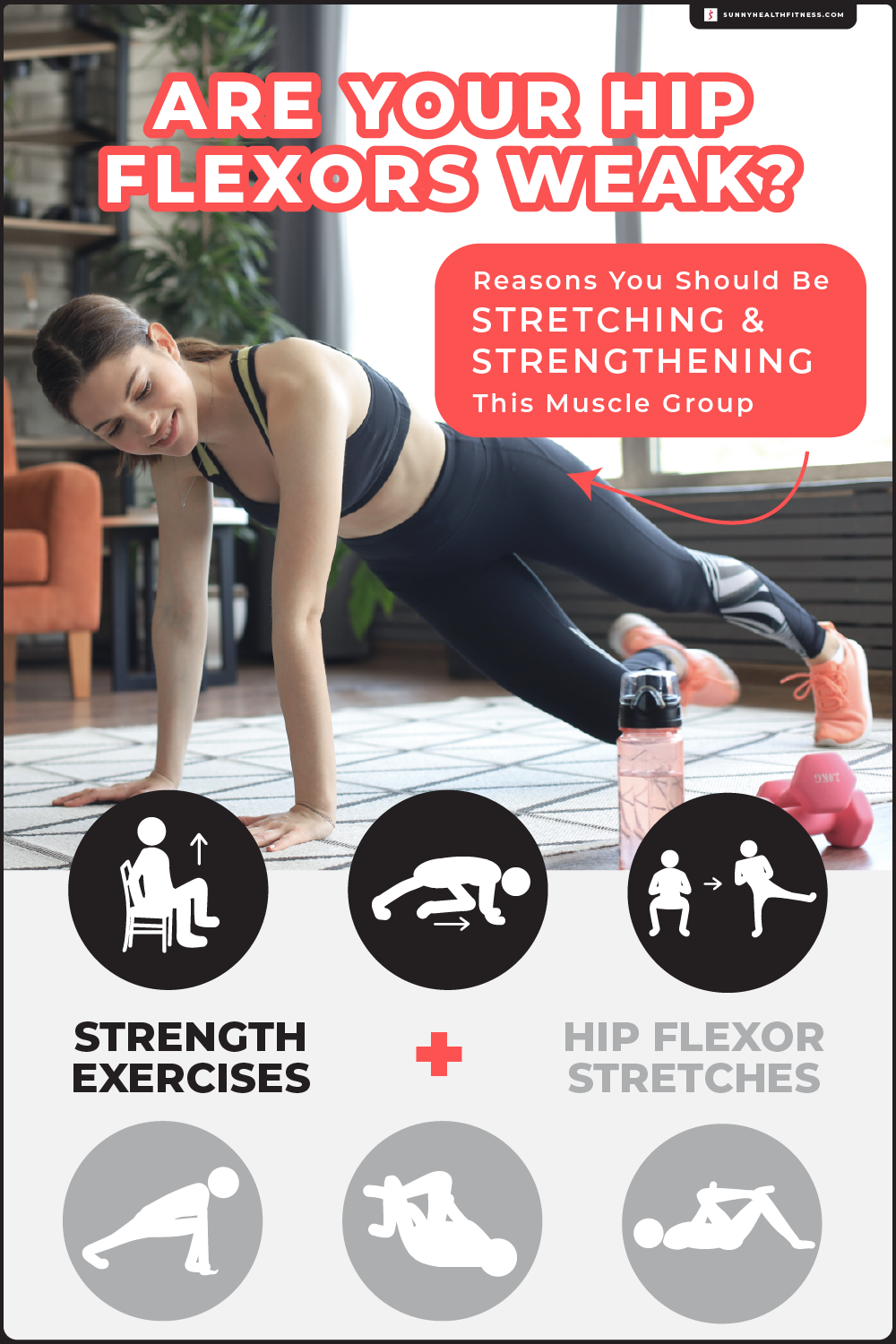
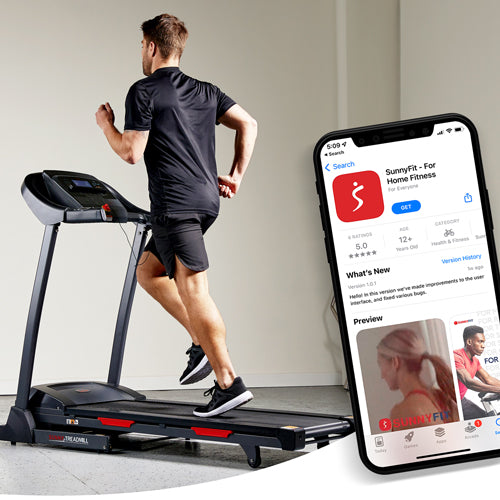
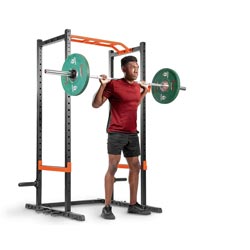
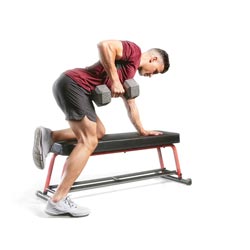
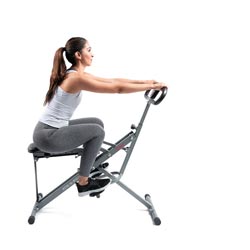
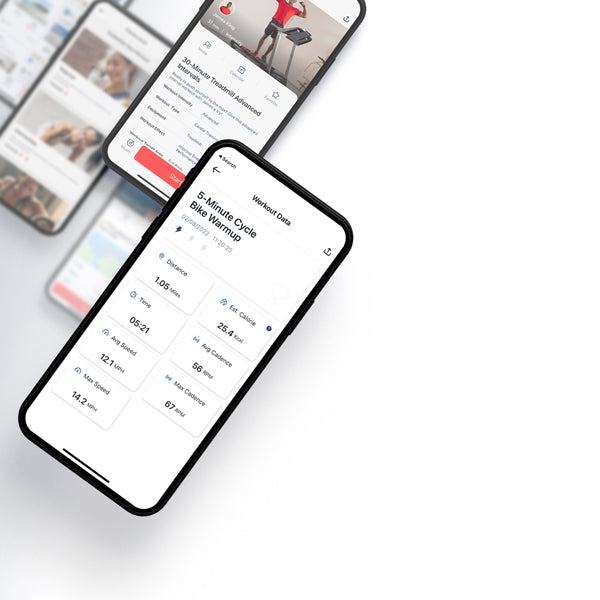


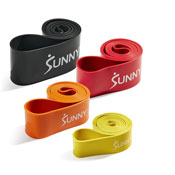
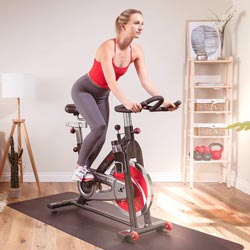
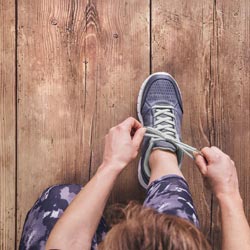


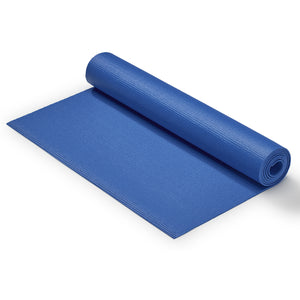
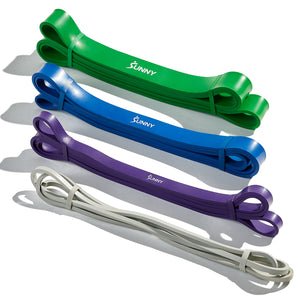





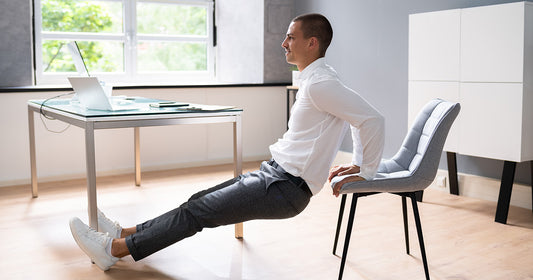

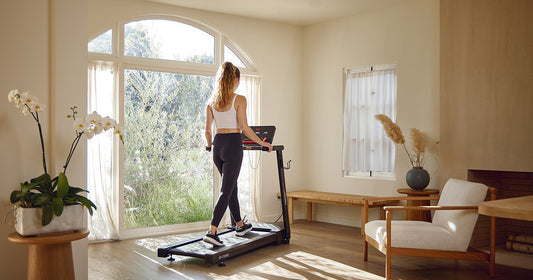
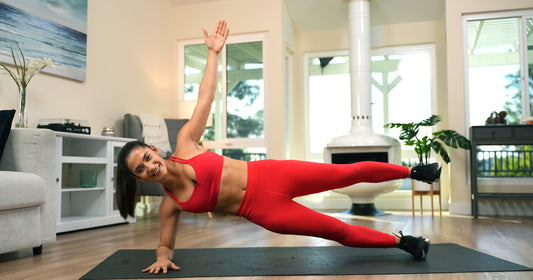

1 comment
I would love for this to be an added workout and also a stretch video. This is my biggest issue.